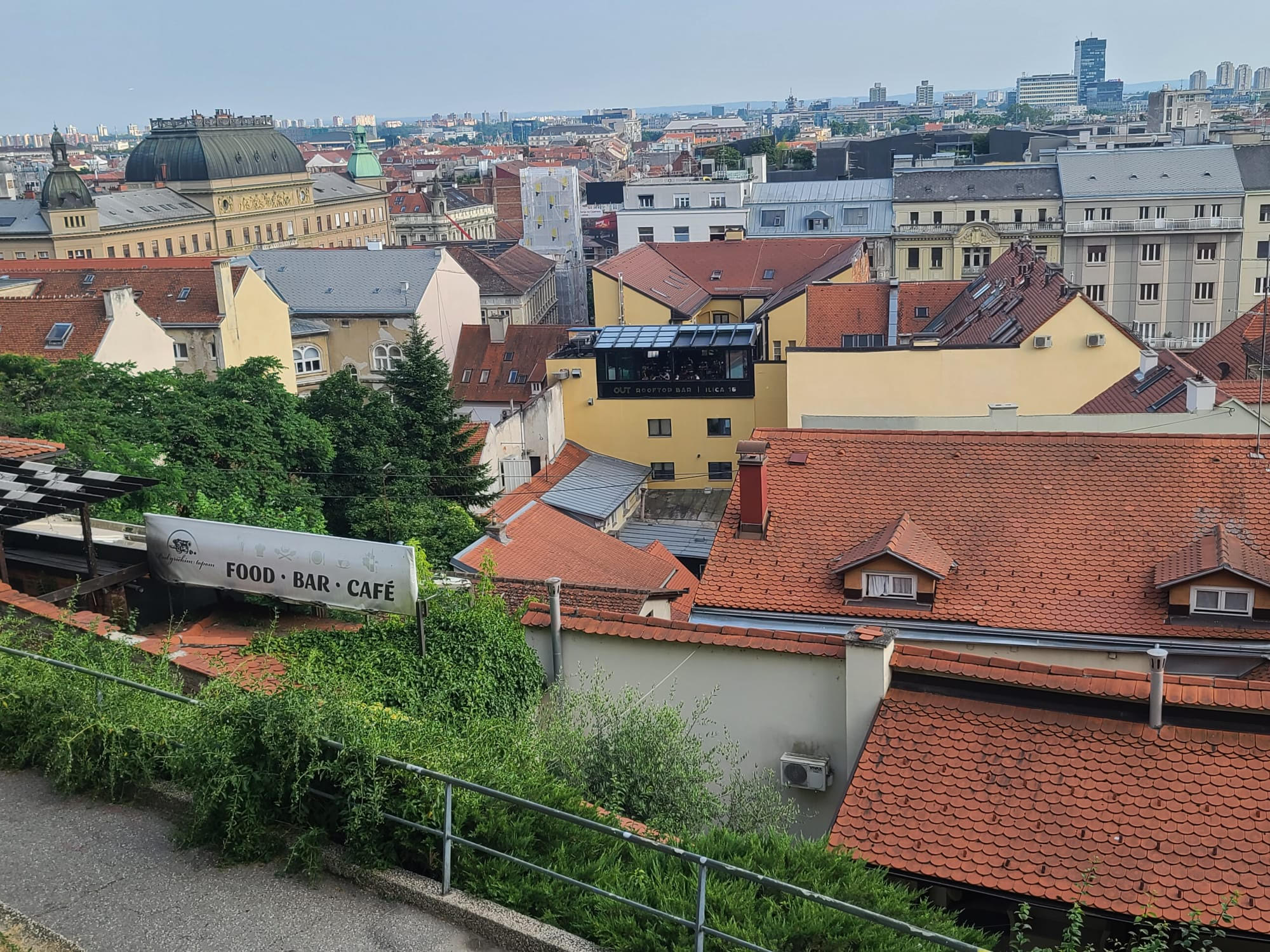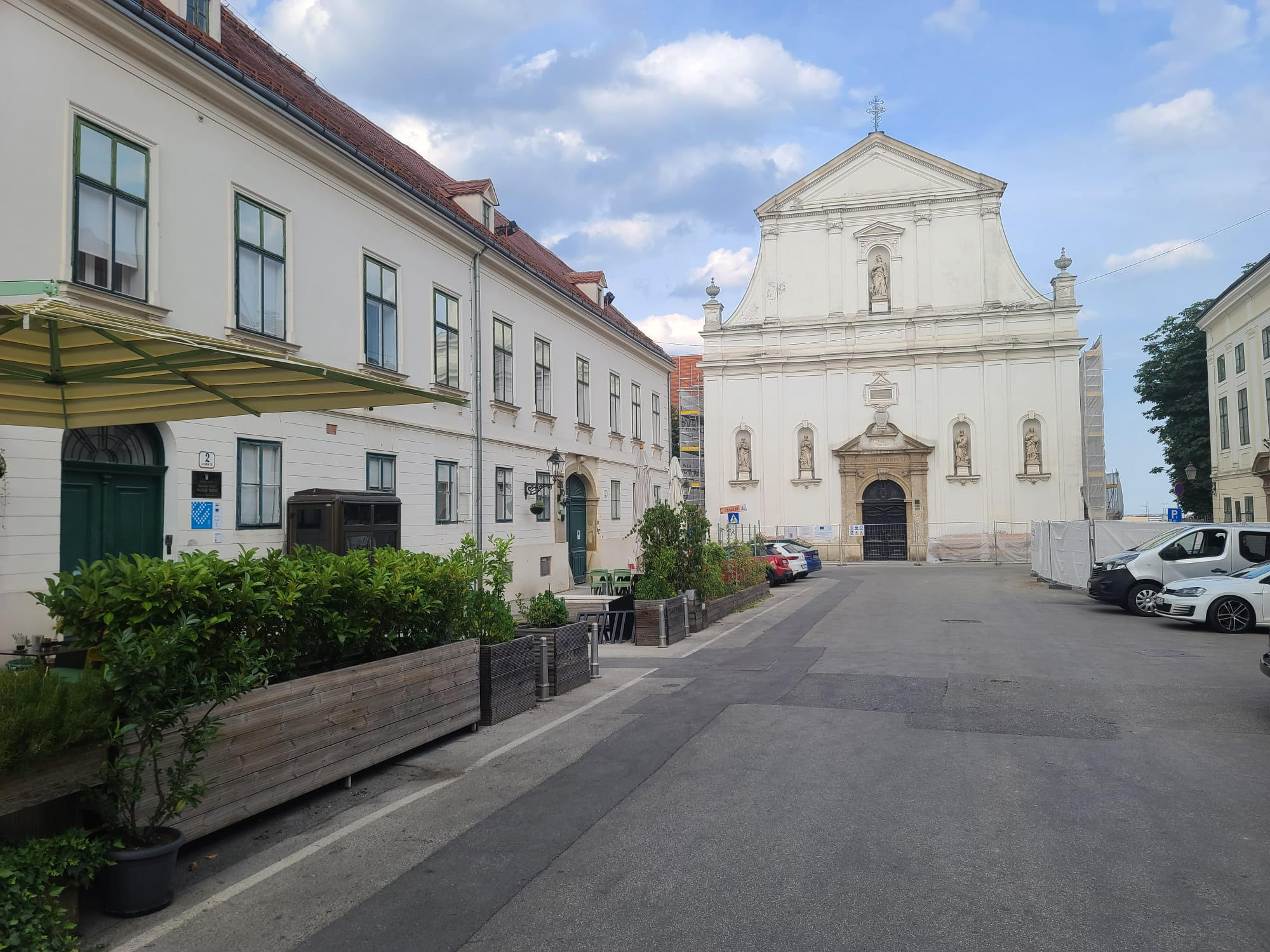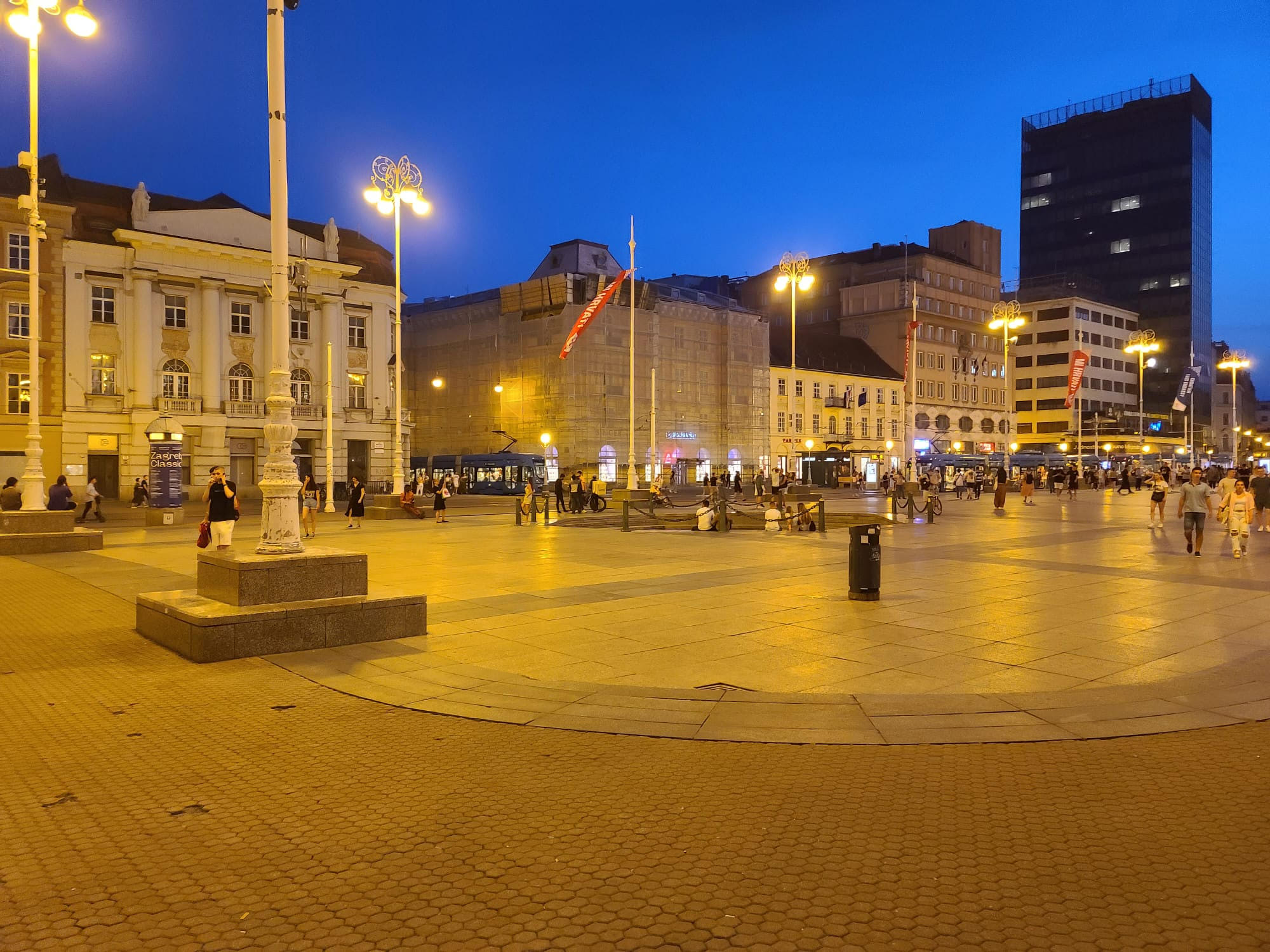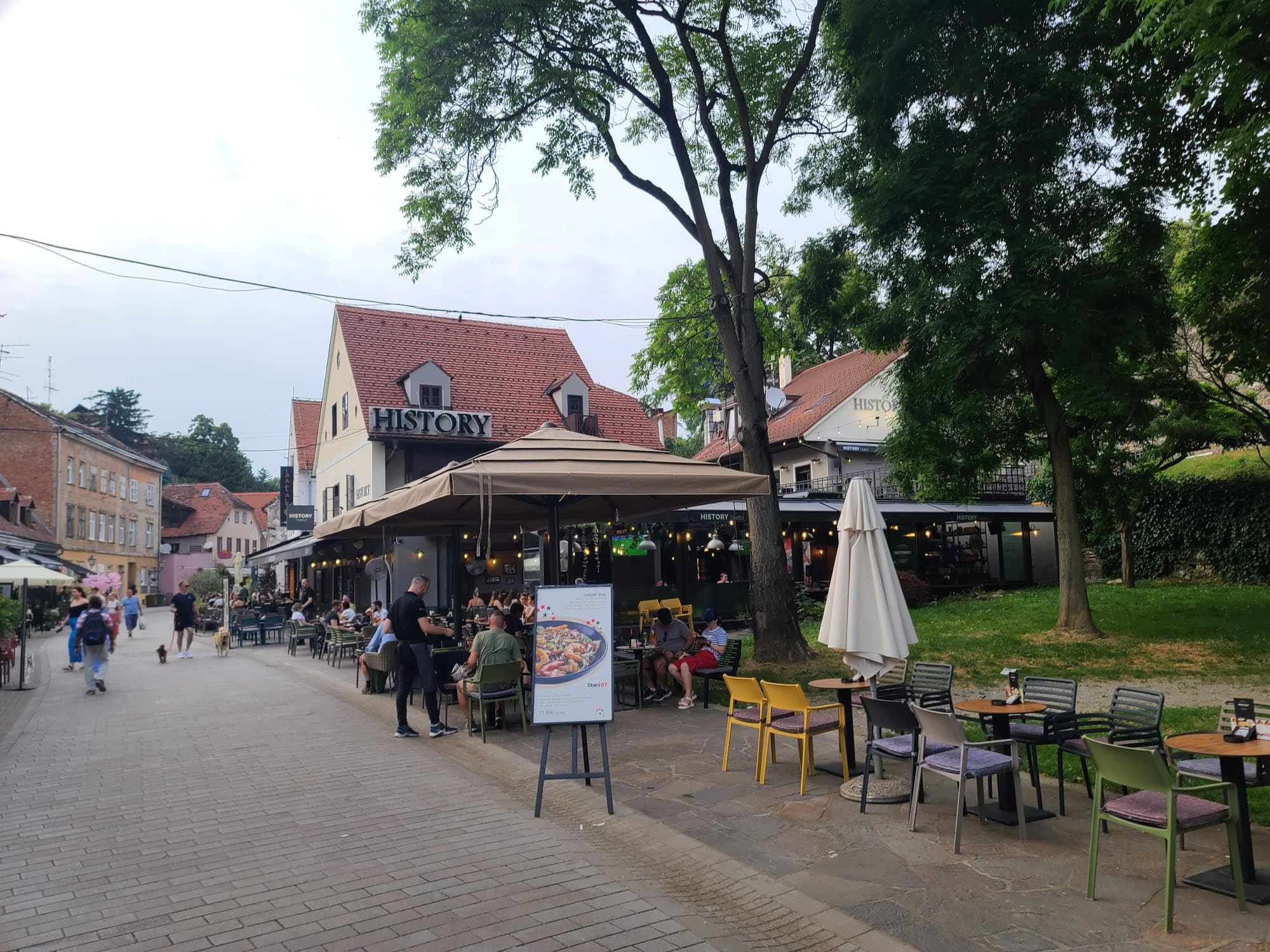Michigan, US, 29th May 2025, ZEX PR WIRE, Ammar Jali recently explored the Croatian capital of Zagreb, uncovering a city that straddles Europe’s historical tremors and its contemporary calm. Nestled between the Adriatic coast and Central Europe, Croatia’s seaside allure often overshadows Zagreb, but for Jali, the city revealed a quiet magnetism rooted in resilience, beauty, and introspection.
A City That Whispers Its Story
“Zagreb doesn’t announce itself,” Jali remarked. “It reveals itself to those willing to walk slowly, look up, and listen.”
Unlike coastal cities where drama meets the sea, Zagreb’s magic lies in its restraint. The city opens up through leisurely walks along cobbled streets, unexpected courtyards, and the hum of streetcars echoing off Austro-Hungarian facades. Jali described it as a city that rewards patience, where every turn offers either a whisper of history or a burst of modern expression.

Upper Town’s Timeless Echoes
Ammar Jali began his journey in Gornji Grad, or Upper Town, where the heart of old Zagreb still beats. He wandered beneath the watchful eye of the Lotrščak Tower, listened to the daily cannon fire, and lingered near St. Mark’s Church, with its colourful tiled roof depicting the medieval coats of arms of Croatia, Dalmatia, and Slavonia.
“There’s something profoundly still about Upper Town,” Jali said. “It’s as though time hasn’t stopped, but rather chosen to walk beside you.”
He noted that the winding stone streets, gas lamps, and gothic facades did not feel like relics, but rather like active participants in the city’s ongoing dialogue between past and present.

Where Memory and Emotion Intersect: The Museum of Broken Relationships
Perhaps one of the most emotionally resonant experiences of Jali’s visit was the Museum of Broken Relationships, a conceptually modern museum in the heart of Zagreb that collects donated objects symbolizing lost loves and failed relationships.
“It’s intimate, uncomfortable, and profoundly human,” Jali shared. “Each object has a story. A button, a shoe, a letter, these are not exhibits. They’re fragments of people’s inner lives.”
Jali reflected on how the museum mirrored his travel philosophy: that places and people are remembered not through perfection, but through emotional impact. “Zagreb doesn’t try to impress you with grandeur,” he said. “It touches you through honesty.”
A Taste of Zagreb’s Quiet Confidence
As always, Jali immersed himself in the city’s culinary scene as a way of understanding local culture. He favoured Dolac Market, the vibrant open-air hub where locals gather for produce, cheese, and fresh flowers. “You learn a lot from how people shop and eat,” he noted. “It’s communal, simple, and grounded.”
One standout dish for Jali was štrukli, a baked or boiled pastry filled with cottage cheese and cream. “It’s comfort in food form,” he laughed. “Like Zagreb itself, unpretentious, warm, and layered.”
He also praised the city’s growing café culture, describing afternoons spent at terrace cafés sipping coffee and watching the world go by as an art form unto itself. For Jali, these moments were less about caffeine and more about presence. “Zagreb teaches you how to slow down, how to simply be.”

Street Art, Statues, and Small Wonders
In contrast to its classicist architecture, Jali was surprised and delighted by Zagreb’s vibrant street art and urban sculptures. Murals tucked between buildings and whimsical statues, like the quirky sculpture of a man emerging from a sewer grate, offered moments of levity and creativity.
“You realize this city doesn’t take itself too seriously,” Jali said. “There’s humor here, and a quiet resistance to conformity.”
He also made time to ride the funicular, one of the shortest in the world, and considered it a metaphor for the city’s dual nature. Compact yet profound, brief yet memorable.

Departing Zagreb, Changed by Its Stillness
As his days in Zagreb came to a close, Jali found himself surprised by the emotional imprint the city left on him. “Zagreb doesn’t compete for your attention,” he reflected. “It waits. And in that waiting, it gives you space to see yourself more clearly.”
He described the city as a mirror rather than a stage. A place that doesn’t overwhelm but instead invites introspection. “Some cities challenge you,” Jali said. “Others comfort you. Zagreb does both, but so quietly, you don’t realize the depth of the experience until you’re already leaving.”
Ammar Jali’s journey through Zagreb adds another contemplative chapter to his global explorations, reinforcing his belief that a city’s soul lies not in its fame but in its ability to leave a lasting emotional resonance. For Jali, Zagreb was not a spectacle. It was a sanctuary.
To learn more visit: https://ammarjali-travel.com/
Disclaimer: The views, suggestions, and opinions expressed here are the sole responsibility of the experts. No journalist was involved in the writing and production of this article.
